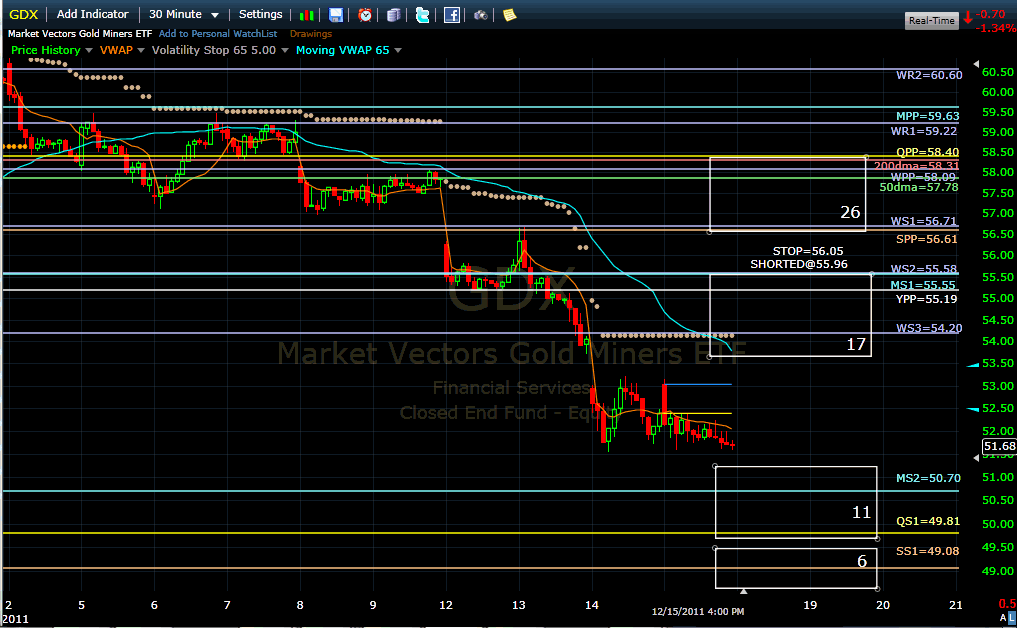Billy,
It will be very interesting to see how the latest IWM robot short develops, given this price and money flow divergence. I was looking at the ratio of TNA divided by TZA, over the last three years, shown in this chart.
http://stockcharts.com/h-sc/ui?s=TNA...d=p73802389236
At the high point of fear, March 2009 the ratio was TNA/TZA = 0.00523
Today TNA/TZA = 41.74/29.29 = 1.43.
Let us suppose we return to the March 2009 fear level, with a ratio of 0.00523
Solving for TZA
TNA/TZA =0.00523
TZA = 41.74/ 0.00523
TZA = $7973!
I don't believe reset fees have anything to do with the ratio. It gives me the impression, at least for the next few months, there is less risk shorting the bounces, as opposed to buying the dips. The danger might be in taking profits too early from a successful IWM short. Any thoughts on this chart?
Dave





 Reply With Quote
Reply With Quote
